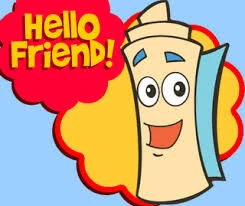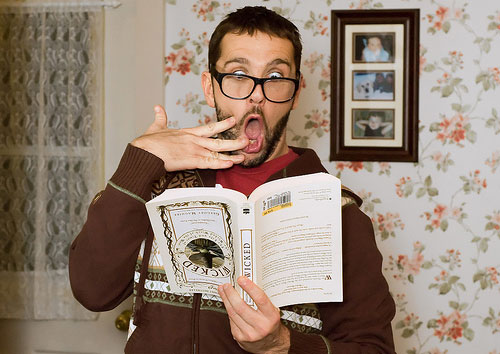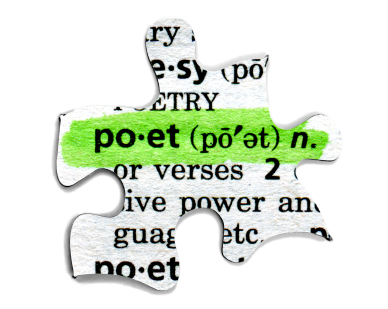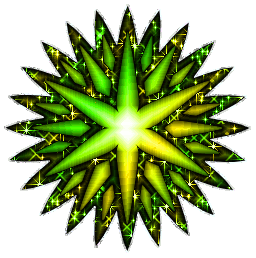First Joy Text (Unfamiliar)
“At Level 2, to ANALYSE means to describe HOW impact was created and to explain WHY. It is about showing that you understand the message of a text by analysing how it was communicated, its intended audience and purpose.” Mrs Mitchell
“At Level 3, to CRITICALLY ANALYSE means to understand the analysis and then to step outside of it to question its assumptions.” Mrs Mitchell
Welcome to exciting journeys into the world of unfamiliar texts, or as I like to call them, First Joy texts! After all, you are meeting these brand new ideas for the first time and it can be a wonderful thing!

MAPST – Your guide to excellence!
MAPST is here to help you find your way into a new text. It is the system for understanding the MEANING of the text, the AUDIENCE for the text, the PURPOSE of the writer and how the SETTING/STRUCTURE/STYLE might influence the way we understand the piece. Lastly, TECHNIQUES will help us find how the writer has been able to communicate the MEANING to the AUDIENCE for a PURPOSE in a SETTING/STRUCTURE/STYLE.
| M – Meaning/Message | What? What is being said? There are 3 levels of meaning. LOOK at 1. On the lines (What is presented literally – on the surface); 2. Between the lines (What ideas bubble up from between the literal?); 3. Beyond the lines (How do these found ideas relate to the wider world or the human experience?). |
| A – Audience | Who? Who is being appealed to? Who will care about this message? |
| P – Purpose | Why? Why is the writer bothering to present us with this message/idea? |
| S – Setting/Structure/Style | How does where/when it is set affect meaning? How does the structuring of the words affect our understanding of the meaning? How does its style affect meaning? |
| T – Technique | How? What techniques has the writer used to communicate the meaning, to the audience, for a purpose? |
Once you have found your way into the text, write about it using STEEPEL.
STEEPEL – Points you to excellent answers!
S – Statement: Re-write the question as a statement that answers the question.
T – Technique: Identify the technique to be discussed.
E – Example: Quote the technique in action in the text.
E – Effect: Explain how the use of that technique creates an effect.
P – Purpose: Explain why the writer wanted to create that effect.
E – Extension: Critically evaluate the effectiveness of the technique’s use you have described. Link this example to the text as a whole. Link it to the wider world. Link it to the human condition or experience. Critically evaluate the conclusions drawn – challenge assumptions, add examples or counter examples, build your argument.
L – Link: Link your findings back to the question.
What’s the “effect”?
This is where MAPST comes in handy! The effect will have something to do with the type of meaning the writer is trying to communicate. The mechanics of the words are being used to build ideas. MAPST helps you understand those mechanics. Effect might be to establish mood, tone, message, idea, atmosphere, etc. The effect being created is closely linked to purpose – the writer is creating the effect to fulfill their purposes.
Introduction to Poetry
I ask them to take a poem
and hold it up to the light
like a color slide
or press an ear against its hive.
I say drop a mouse into a poem
and watch him probe his way out,
or walk inside the poem’s room
and feel the walls for a light switch.
I want them to waterski
across the surface of a poem
waving at the author’s name on the shore.
But all they want to do
is tie the poem to a chair with rope
and torture a confession out of it.
They begin beating it with a hose
to find out what it really means.
Practise your techniques here at QUIZLET:
Find the following document here:
Language features and their effects
Use this checklist:
- to understand the ways in which writers gain impact in their writing
- to use various features in your own writing (creative and transactional, as well as for your oral presentations) in order to craft your writing and gain impact
- to help you achieve unit standards which require you to explore language and think critically about poetic / transactional / oral texts
|
Language feature |
Definition or explanation |
Example |
General effect (you must decide on the specific effect relative to the text) |
| Rhyme | The ends of words have the same sound. Usually at the ends of lines in poetry, but may be internal (within a line). | That second day they hunted meFrom hill to plain, from shore to sea.Then Billy who was sillyAlmost every other day… | Makes the text memorable and can make poems amusing. Can tie together the middle and end of verses. |
| Rhythm | A regular pattern of stressed and unstressed syllables. | I went to town to buy a phone.On the road there’s a girl with a bike. | Makes the text as a whole more memorable and makes it flow better. |
| Alliteration | Repetition of the same consonant sound at the beginning of words – usually close in succession. | Having heard the song, he sang it softly.There came a ghost to Mary’s doorWith many a grievous groan. | Makes small sections of the text hang together and flow better. Draws our attention to this phrase. Creates a harder or softer mood in line with the meaning (hard consonants are b d k p q t, soft are f h j l m n r s v w y z, while c and g can be either hard or soft) |
| Assonance | Vowel sounds are repeated at the beginning or middle of nearby words. | Her early leaf’s a flowerBut only so an hour.There were excited bursts and swerves as the cattle stampeded. | Makes small sections of the text hang together and flow better. Draws our attention to this phrase. Repetition of vowels generally gives a soft, quiet, calm mood unless the sounds are the short vowels, eg in cat, pet, pin, off, cup. |
| Sound clusters | A group of sounds is repeated throughout a sentence or a group of lines in a poem, not just at the beginnings of words. | Season of mists and mellow fruitfulness…I love to see the cottage smoke curl upwards through the trees. | These create a “wall of sound” with a number of repeated sounds, not just one type. They usually create a particular mood by using a number of hard or soft sounds, rather than a combination of the two. |
| Onomatopoeia | Words sound like the sounds they name. | There came a furious woofing from the seals.The brrrring of the alarm woke him. | This helps us hear the actual sound being named and therefore we understand it properly or it transports us to the place of the sound. |
| Repetition | Repeating the same or nearly the same words for effect. | “Come on, Come on!” she shouted. “We’re late!” | This is used to emphasize whatever is being said or written, or to mimic repetition in nature. |
| Parallel construction | Using the same word class order twice (in same or two sentences) | Into the valley, through the marsh, rode the hunting pair. | Parallel construction provides rhythm while it expands the detail of the description and creates balance. |
| Triple construction | Repeating three times a group of words which have the same pattern of word classes. Each group may or may not start with the same word/s. | …that government of the people, by the people, for the people shall not perish from the face of the earth.Then leaf subsides to leaf,So Eden sank to grief,So dawn goes down to day… | Same as for parallelism, but the triplet provides closure or finality along with that sense of balance. |
|
Language feature |
Definition or explanation |
Example |
Effect (you must decide on the specific effect relative to the text) |
| Simile | An image which compares two things using like or as | The black smoke rose like a wizard’s tower spiralling into the sky.The playground was as empty as a ghost town. | All imagery gives the person/animal/thing being described the characteristics of something else. It therefore enlivens descriptions by helping us to see these people/animals/things in a new light – in a way we may |
| Metaphor | An image which compares two things without using like or as | We emerged from the cool dark of the hut into the blast furnace heat of a Central Otago summer afternoon.The fireworks were sparkling flowers exploding in the night sky. | have never seen them or thought about them before. Metaphors are more compact and tighter in their comparative description than similes. |
| Personification | An image which gives human qualities to non-human things. | The night hung out a multitude of lanterns to guide the travellers.Raindrops danced on the pavement. | In addition to the above, personification makes inanimate objects seem lively and lifelike while it also contributes to our sense of oneness with these inanimate objects. |
| Choice of words(vocabulary) | Using more unusual or specialized or technical words | The wind moaned, a low-pitched, unutterably eerie threnody (sad song). He died of a myocardial infarction. | Sometimes, more unusual words provide more specific meaning than common ones. Specialized or technical words make it seem like the writer/speaker really knows the topic. |
| Use of slang | Most likely used in direct speech. | “Hey, you guys, let’s cut loose tonight and paint the town red.” | Grounds the text in informality as well as a certain social group and period of time. |
| Use of direct or indirect speech | Quoting or reporting spoken words. | “Come over here!” Jack yelled, then proceeded to tell us all how he’d won the Melbourne Cup pool in his office. | Makes the character come alive. We can “hear” the way s/he speaks – the actual vocab, grammar and tones. |
| Use of incorrect grammar | Generally used in direct speech but may also be used in autobiography for particular effect. | “Let’s have ourselves a few beers.”“I sure do hate them direct marketers always calling at dinner time.” | Creates an image of the character – helps to define personality and place him/her in a particular educational or social class. Provides authenticity in your writing. |
| Pun | Word play involving the use of a word with two different meanings or two words that sound the same but mean different things.Often used in advertising. | An advert for an omega-3 margarine has this statement: The way to a man’s heart is through his stomach. This gives new literal meaning to an old figurative phrase which involved romance rather than health. | Provokes amusement and therefore a tendency for the reader to feel good about the company / product and possibly to buy the product.If used by a character, shows that that character is rather clever and witty. |



